Helpful ideas to extend your growing season so you can grow more produce throughout the year.
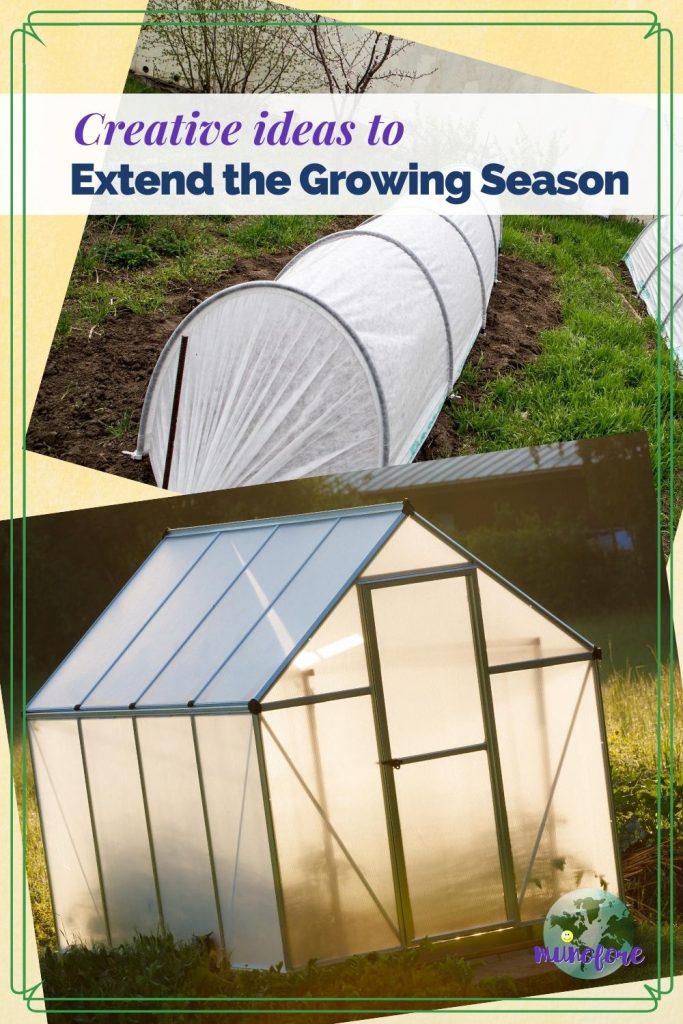
There are natural limitations to when you can grow vegetables outdoors. In the spring, you should wait until the threat of frost has passed and the soil is actually warm up enough to dig up. Then, before you know it, shorter days and cooler temps will return to signalling the end of your outdoor growing season.
I live in sunny inland southern California. We can grow something pretty much year round. I have even grown basil outdoors as late as January. But most winter gardens usually consist of greens and root vegetables around here.
While you can't fight Mother Nature completely, there are a few creative ways to extend your growing season.
While you can’t prevent late spring frosts or early blasts of winter, you can mitigate some of the damage by being prepared to provide adequate protection for your tender plants when the need arises.
Mulch Around Plants
Adding a heavy layer of mulch is the easiest way to provide protection for your plants. Mulching helps hold in moisture in the warmer weather (always a plus) and it provides a layer of insulation for the soil when temperatures dip too low. Yes, it will break down and need to be replenished, but it provides nutrients to the plants as it does break down.
There are many types of mulch available, including shredded leaves, wood chips, grass clippings, and straw. My brother uses pine needles in North Carolina, but here in fire prone California that would not be the best idea.
Do a internet search or contact your local cooperative extension to find what is best to use in your area. Whatever type of mulch you choose for ensure it is free of chemical pesticides and herbicides.
Cold Frames Keep Plants Cozy
A cold frame is simply a structure used to trap in heat from the sun to keep plants warm when temperatures drop.
Most cold frames are large enough to cover many plants, but I use clear plastic soda bottles to cover seedlings and transplants in the spring. This protects them from the cold but more importantly the daily winds that like to snap the tender shoots. I leave the cap off, and will uncover the plants in the warmer part of the day then cover in the afternoon before the winds kick up.
You can build your own cold frames a variety of different ways.
Use hula hoops and plastic sheeting like Thistle Down Farms:

Use old windows like Old World Garden Farms
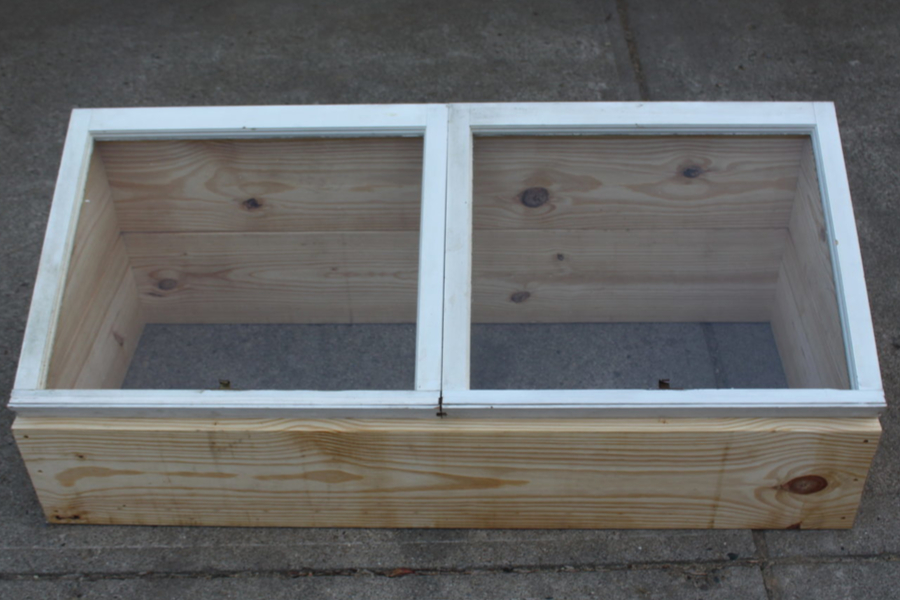
Grit shows you how to make one from PVC pipe.

Or you can buy one like these online:
Greenhouse Those Potted Plants
For many gardeners, a huge walk in greenhouse is the ultimate gardening dream. Just imagine a permanent year-round space to nurture and grow your favorite plants that also serves as a beautiful focal point for your property.
Unfortunately, hiring a contractor or purchasing a high-end kit to build a permanent greenhouse can get pretty expensive. Plus, you may need to pay to heat the structure part of the year in colder climates.
While cold frames and greenhouses achieve the same objective, they have slight differences. Cold frames are designed to cover plants in the ground or in raised beds and then be removed when the weather is better for growing. Greenhouses are structures unto themselves, usually built to protect and grow plants in pots year round.
Ana White offers free plans for this beautiful DIY Greenhouse.
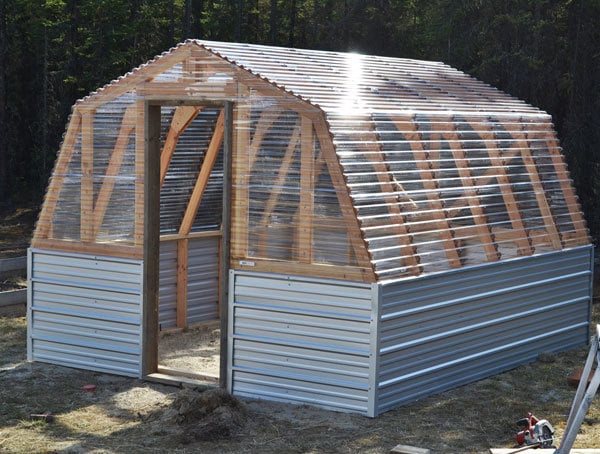
For those of us with limited woodworking tools and skills, there are plenty of kits available ranging from about $50 to $700 and beyond.
Mini Greenhouse 1.5' x 2.25' x 5.25'

Hybrid Hobby Greenhouse with Plant Hangers, 6' x 8' x 7'

With a little planning, these three methods can extend your vegetable growing season. Once you get started, you may be surprised by how much more productive your gardening efforts become!





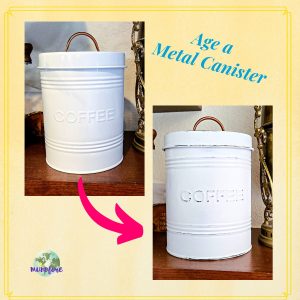

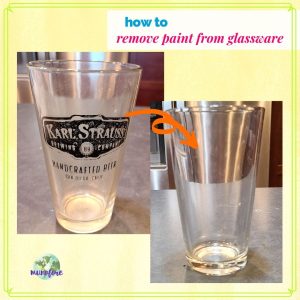




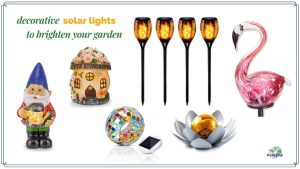

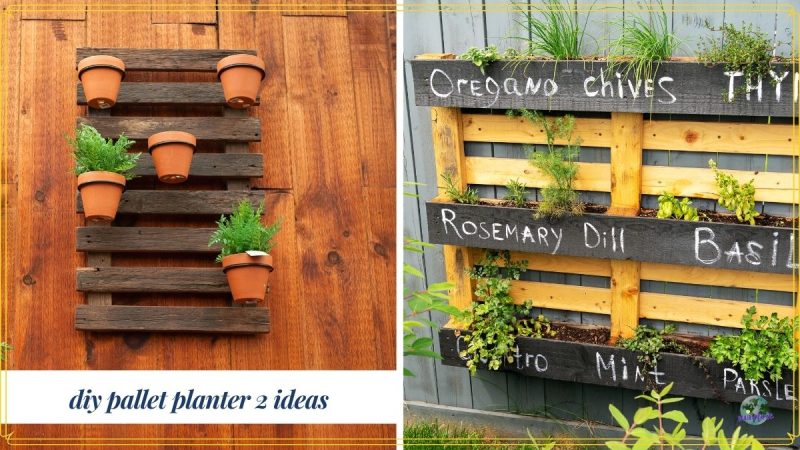
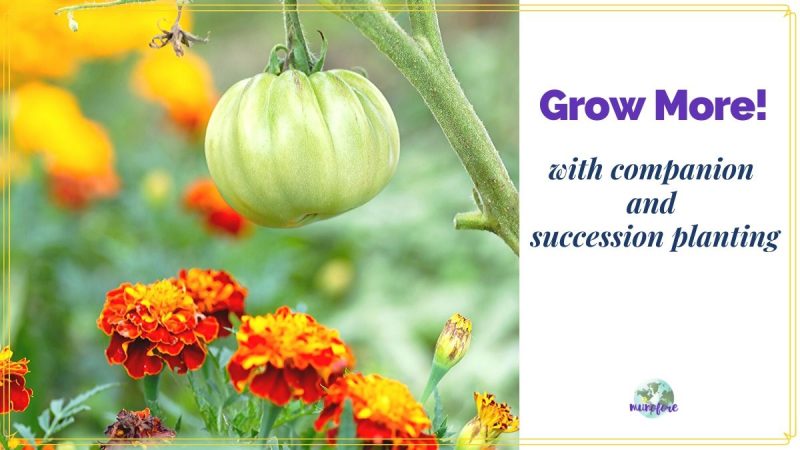
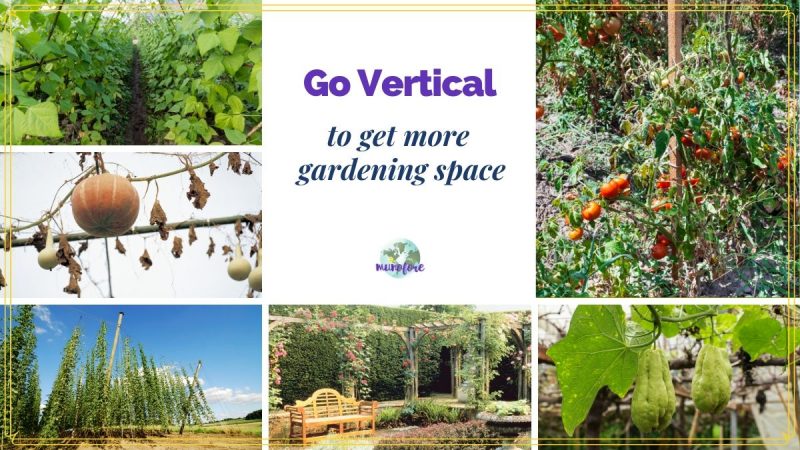
Leave a Reply